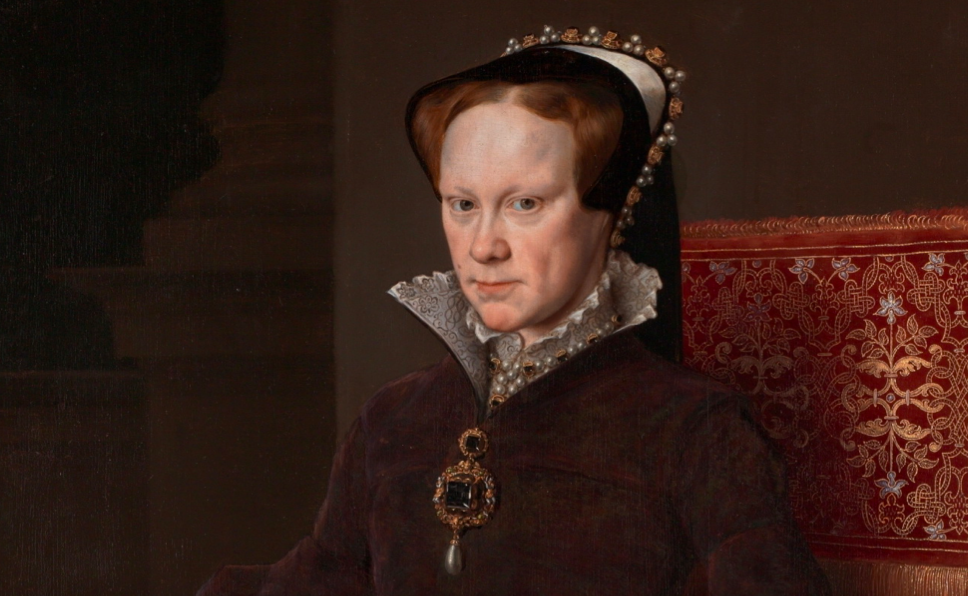
While King Henry VIII lived, his greatest fear was dying without a male heir to the throne. As it turns out, he needn’t have worried, for when he died in 1547, King Henry was succeeded by his son Edward VI. But the new King Edward was very frail and sickly boy of nine, and in just six short years he succumbed to his illness, bringing his reign to an end and leaving the throne unoccupied once again.
Ideally, Edward should have been succeeded by his elder half-sister, Princess Mary, who was the daughter of Henry VIII by his first wife, Catherine of Aragon. But there was one problem – unlike the Protestant King Edward, Princess Mary was a practicing Catholic, and her ascension would set the English Reformation back by years. To keep Mary from the throne, Edward nominated his cousin, Lady Jane Grey, as his successor.
As soon as Mary found out about her half-brother’s death, she began to gather her supporters and marched into London. There she was proclaimed the rightful Queen of England. In just nine days, Lady Jane’s dubious reign had come to an end. She and her husband, Lord Guildford Dudley, were taken to the Tower of London where they were charged with high treason and executed. Although this was one of the first executions that took place during Mary’s reign, it was far from being the last.
During her five years on the throne, Queen Mary handled the death of hundreds of her Protestant subjects. A devout Catholic, she was determined to restore Catholicism to England. All citizens who refused to convert to Catholicism were burnt at the stake, a method of execution that was preferred by the Catholic Spanish Inquisition at that time. In total, 227 men and 56 women were burnt during Mary’s reign, including the Bishops Nicholas Ridley, Hugh Latimer, and Thomas Cranmer. Many other Protestant leaders escaped a similar fate by fleeing to other parts of Europe upon her ascension.
Most people assume that Mary’s nickname comes from her unrestrained execution of Tudor men and women on the basis of their religion. In all actuality, Mary was only responsible for the deaths of fewer than 300 people. Quite a meager number when compared to her father, Henry VIII, who reportedly had over 50,000 people executed during his reign. So why exactly is Queen Mary I of England known as ‘Bloody Mary’?
The nickname ‘Bloody Mary’ came about as a result of the Protestant propaganda that arose during the reign of Mary’s half-sister Elizabeth I. In 1554, Mary had married King Philip II of Spain, who joined her in her attempts to restore England to Catholicism. The marriage was an unpopular one – the English people did not want to be ruled over by a foreigner. To make matters worse, Philip told Mary to fight against France, a political move that resulted in the French invasion and reclamation of Calais, which had been England’s last possession in France.
When Mary died in 1558, she was succeeded by the Protestant Queen Elizabeth I, and the Counter-Reformation in England came to an end. But Mary’s widower, Philip of Spain, was unwilling to relinquish control over England so easily, and proposed to marry the new Queen Elizabeth. When that failed, he launched the Spanish Armada to invade England. The Armada would go on to be defeated by the English Navy, and the damage was done. Queen Mary, as the wife of the loathed Spaniard, had her name dragged through the mud. Her crimes against Protestants magnified, and those who she had burnt were celebrated as martyrs. For the men in Protestant England, the Catholic Queen Mary was abhorred, she was evil. She was, well and truly, ‘Bloody Mary’.


